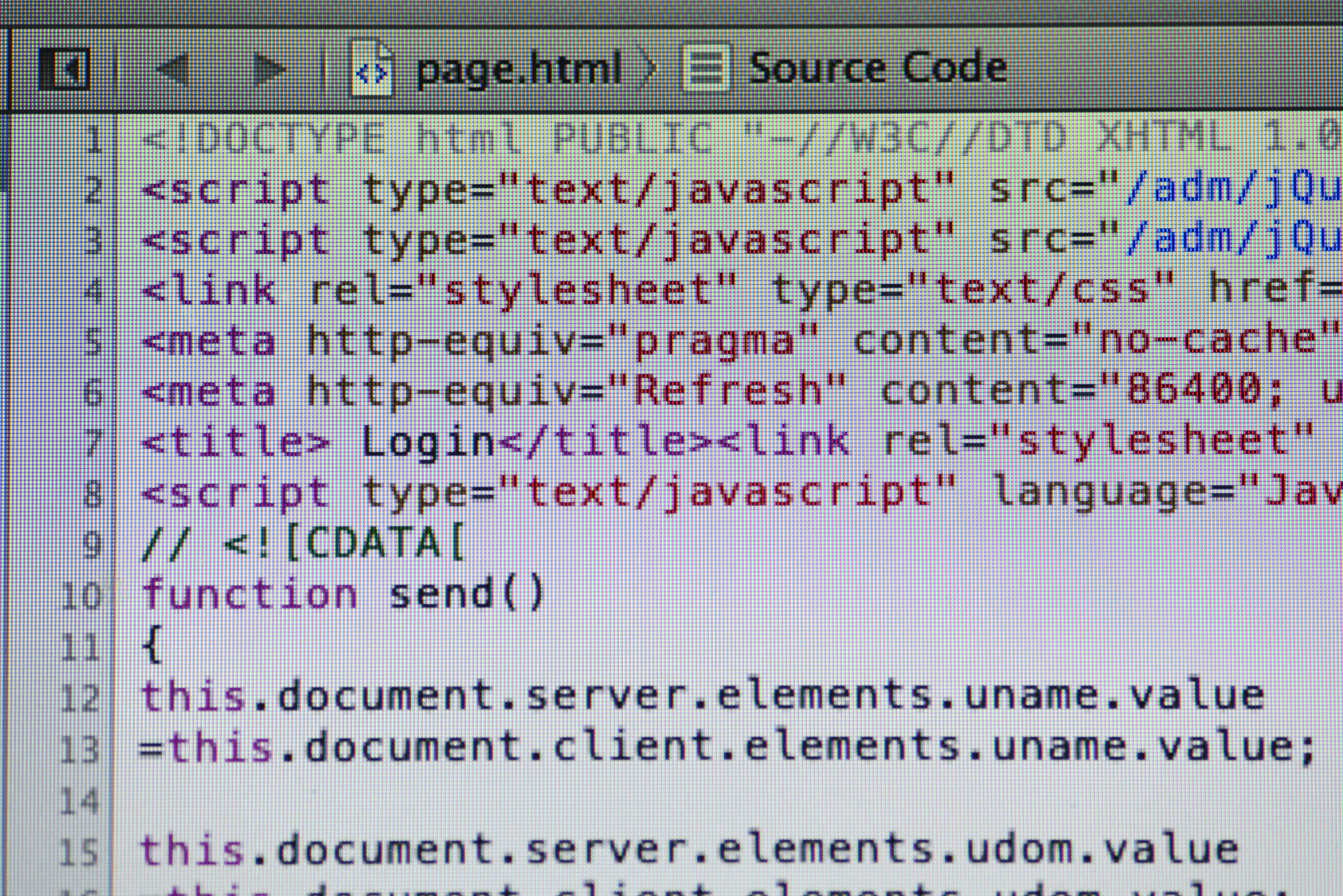C++ std::bind: A Comprehensive Guide to Function Binding
std::bind is a function template in C++ that allows you to create a callable object that binds arguments to a function or member function. It's part of the functional library in the C++ Standard Library.
The syntax for std::bind is as follows:
std::bind(function, args...)
Here, 'function' is the function or member function you want to bind arguments to, and 'args...' are the arguments to be bound. The returned object is a callable object that can be invoked with the remaining arguments.
For example, consider the following function:
void printSum(int a, int b) {
std::cout << a + b << std::endl;
}
You can bind the first argument of the function to a specific value using std::bind:
auto boundFunc = std::bind(printSum, 10, std::placeholders::_1);
boundFunc(20); // Output: 30
In this example, the first argument of printSum is bound to 10, and the second argument is left as a placeholder (_1). When boundFunc is called with the argument 20, it invokes printSum with the bound argument (10) and the provided argument (20), resulting in the output 30.
std::bind also supports binding member functions and function objects, as well as placeholders for arguments that will be provided later.
Note that std::bind is often used in conjunction with std::placeholders::_1, std::placeholders::_2, etc., which represent placeholders for arguments that will be provided when the bound function is called.

原文地址: https://www.cveoy.top/t/topic/dHAO 著作权归作者所有。请勿转载和采集!